Welcome to one of the most active flamenco sites on the Internet. Guests can read most posts but if you want to participate click here to register.
This site is dedicated to the memory of Paco de Lucía, Ron Mitchell, Guy Williams, Linda Elvira, Philip John Lee, Craig Eros, Ben Woods, David Serva and Tom Blackshear who went ahead of us.
We receive 12,200 visitors a month from 200 countries and 1.7 million page impressions a year. To advertise on this site please contact us.
|

|
|
scales and such..
|
You are logged in as Guest
|
|
Users viewing this topic: none
|
|
Login  | |
|

  
ToddK
Posts: 2961
Joined: Dec. 6 2004

|
 RE: scales and such.. (in reply to fevictor) RE: scales and such.. (in reply to fevictor)
|
|
|
Yeah, there are BILLIONS of scales, HOWEVER, i really believe you dont need to know all of them, or even close to half of them.
All you really need to know is=
Major scale
Minor scale (if you know a major scale, you already know the minor scale  ) )
Melodic minor ( which is just a major scale with a minor 3rd)
Harmonic minor
Along with a basic understanding of the mode system. (see below!)
Understanding the major scale really intimately is what you should initially concentrate on. From there, the rest of the scales just change, add, or subtract scale tones of that initial major scale.
When begining to learn how the modes work, make sure you understand your major scales and know them cold.
The concept of the modes is simply to offset a scale by 1 or more intervals.
For instance, say you have a C major scale.
It goes CDEFGABC (ionian mode)
So the second mode will start (and end) from the second note of that scale= the D.
So it will simply go = DEFGABCD
Take these things slowly and thoroughly. If you try to take in too much too fast, you will get confused, and end up with lots of holes in your perspective.
The reality is, interval/music theory really isnt as complex and intimidating as many make it out to be.
The key is learning it slowly, and understanding each rudimentary concept thoroughly before you move on.
Many people jump into advanced modal jazz improvisation in the first week   and these people are most of the reason everybody thinks music theory is like Nuclear Physics. and these people are most of the reason everybody thinks music theory is like Nuclear Physics.
Its not. Its 3rd grade math.
Good luck!
TK
_____________________________
|
|
|
|
REPORT THIS POST AS INAPPROPRIATE |
Date Oct. 18 2009 14:49:28
 |
|

   
Ricardo
Posts: 14861
Joined: Dec. 14 2004
From: Washington DC

|
 RE: scales and such.. (in reply to Chiste de Gales) RE: scales and such.. (in reply to Chiste de Gales)
|
|
|
quote:
ORIGINAL: Chiste de Gales
Make note, the official melodic minor is different depending on if the scale is
moving up or down.
If it is moving up, it is like a major scale with a minor 3rd.
If it is moving down, it is natural minor.
Im speaking academically as I learned in music school, not from real-world use in flamenco.
A natural minor scale is what it is up or down. Same goes for a MELODIC minor scale or harmonic minor scale. Up or down, or with skipped intervals or diatonic sequences. The concept of melodic minor only goes ASCENDING direction, never descending, is based on how the scale is used in certain classical pieces. (Not sure why it is so often confused that the scale it'self changes depending on it's direction.) Regardless, the descending natural minor scale is just what it is, natural minor and has not much to do with melodic minor anything.
Do differentiate, some jazz players use the term "jazz minor" to describe the melodic minor, and it's modes have even fancier names.
_____________________________
CD's and transcriptions available here:
www.ricardomarlow.com
|
|
|
|
REPORT THIS POST AS INAPPROPRIATE |
Date Oct. 19 2009 15:55:45
 |
|

   
Ricardo
Posts: 14861
Joined: Dec. 14 2004
From: Washington DC

|
 RE: scales and such.. (in reply to Strumit) RE: scales and such.. (in reply to Strumit)
|
|
|
quote:
ORIGINAL: Strumit
Hi,
I'd like to ask what the difference is between a modality and a key? (my music theory is bad)
I know how to spell and transpose chords in different keys, but that's about it
A key would mean you can change scales and such, have accidentals, but you always return home to major or minor tonic. Also a song or piece in a certain key will have a TONAL chord progression that eventually goes V-I or V-i. (In the case of flamenco I personally would argue you could have a "phrygian" key with accidentals changing just like the minor key, but you have II-I instead of V-I).
A modality will generally stick to ONE scale, and you won't have a chord progression. You will only have a drone, a single chord underneath, or at MOST a chord vamp (usually two chords back and forth, but you can have more). For example, Oye como Va by Santana is like a Dorian vamp (Am, D7), not a song in a key. Or Michael Jackson's beat it is E aeolian, not key of E minor (chords are only Em, D, C. No B7 which would make the tune in the KEY of Eminor).
Hope that helps.
Ricardo
_____________________________
CD's and transcriptions available here:
www.ricardomarlow.com
|
|
|
|
REPORT THIS POST AS INAPPROPRIATE |
Date Oct. 22 2009 7:36:37
 |
|

   
mark indigo
Posts: 3625
Joined: Dec. 5 2007

|
 RE: scales and such.. (in reply to Ricardo) RE: scales and such.. (in reply to Ricardo)
|
|
|
quote:
The concept of melodic minor only goes ASCENDING direction, never descending, is based on how the scale is used in certain classical pieces. (Not sure why it is so often confused that the scale it'self changes depending on it's direction.)
i think this has to do with the way classical harmony evolved from church modes....
the ionian mode was harmonised to make a major scale. The 7th note of the scale rising to the octave/1st note of the scale (B-C in C maj), harmonised with dominant (V) chord moving to tonic (I) chord (ie. note of B in G7 chord rising to note of C in C chord)
to get the same rising semi tone effect in the chords with a minor scale (ie. to have the same dominant 7th chord to tonic chord perfect cadence), the aeolian mode has to have the 7th note sharpened. So A aeolian mode has it's 7th note of G sharpened and becomes A harmonic minor (ie. the scale now fits the desired harmony, E7 chord to A minor chord).
problem with this was a jump of 3 semitones from F to G#, which they didn't like to sing, so they decided to sharp the F too on the way up, so 2 jumps of a tone each from E to F# and F# to G#.... but for some reason they didn't like it on the way down so they naturalised the F and G (ie reverted back to natural minor)
example of this is Bach, the Bourree from lute suite in E minor BWV996, 2nd bar, C# and D# on the way up, and D natural and C natural on the way down
i don't know the history of jazz players using it same way sharp up and down, but i guess paco got it from mclaughlin et al so it's in flamenco the jazz way
|
|
|
|
REPORT THIS POST AS INAPPROPRIATE |
Date Oct. 22 2009 14:41:02
 |
|
 New Messages New Messages |
 No New Messages No New Messages |
 Hot Topic w/ New Messages Hot Topic w/ New Messages |
 Hot Topic w/o New Messages Hot Topic w/o New Messages |
 Locked w/ New Messages Locked w/ New Messages |
 Locked w/o New Messages Locked w/o New Messages |
|
 Post New Thread
Post New Thread
 Reply to Message
Reply to Message
 Post New Poll
Post New Poll
 Submit Vote
Submit Vote
 Delete My Own Post
Delete My Own Post
 Delete My Own Thread
Delete My Own Thread
 Rate Posts
Rate Posts
|
|
|
Forum Software powered by ASP Playground Advanced Edition 2.0.5
Copyright © 2000 - 2003 ASPPlayground.NET |
0.09375 secs.
|


 Printable Version
Printable Version



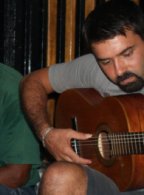

 )
) 
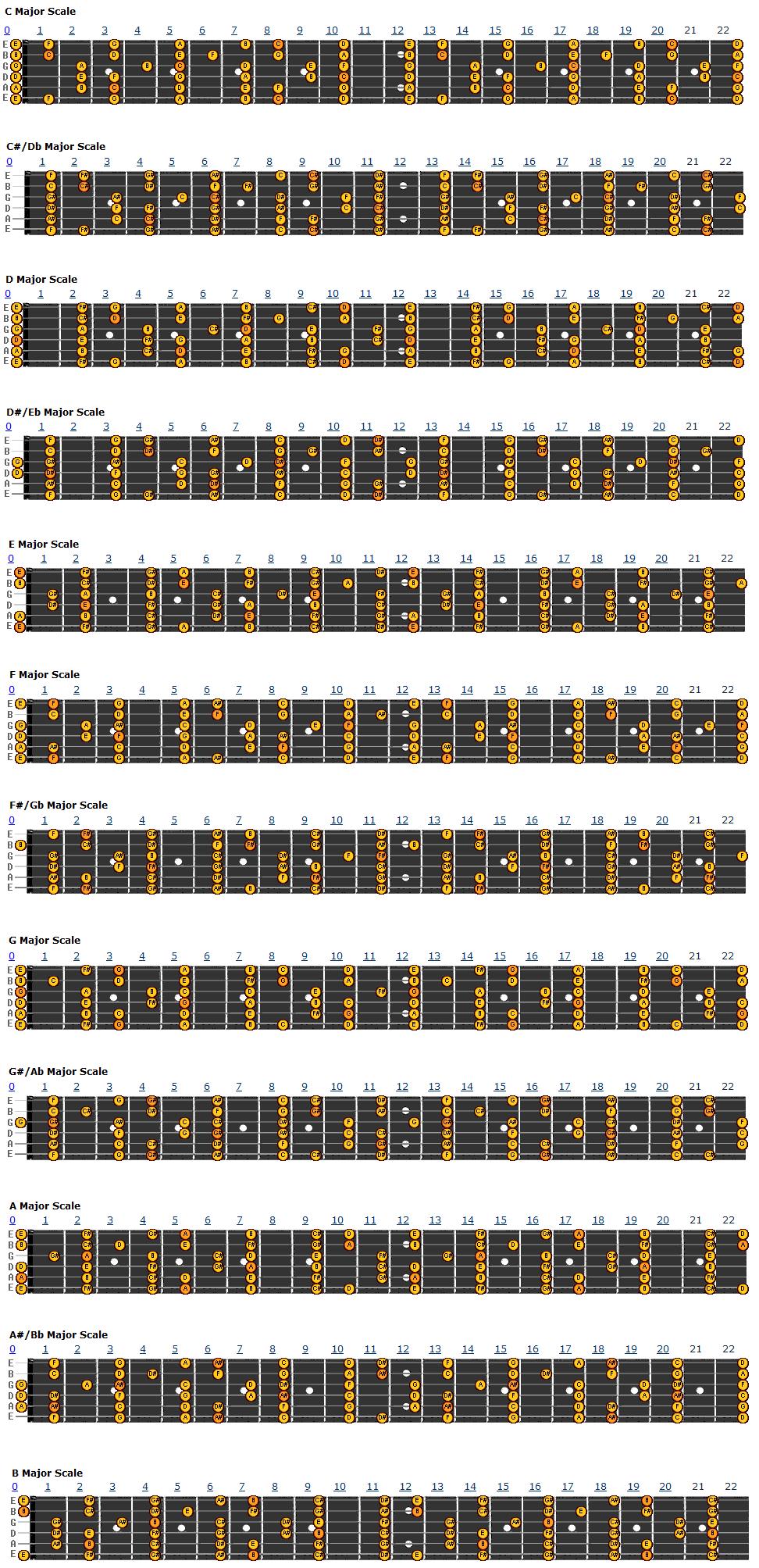

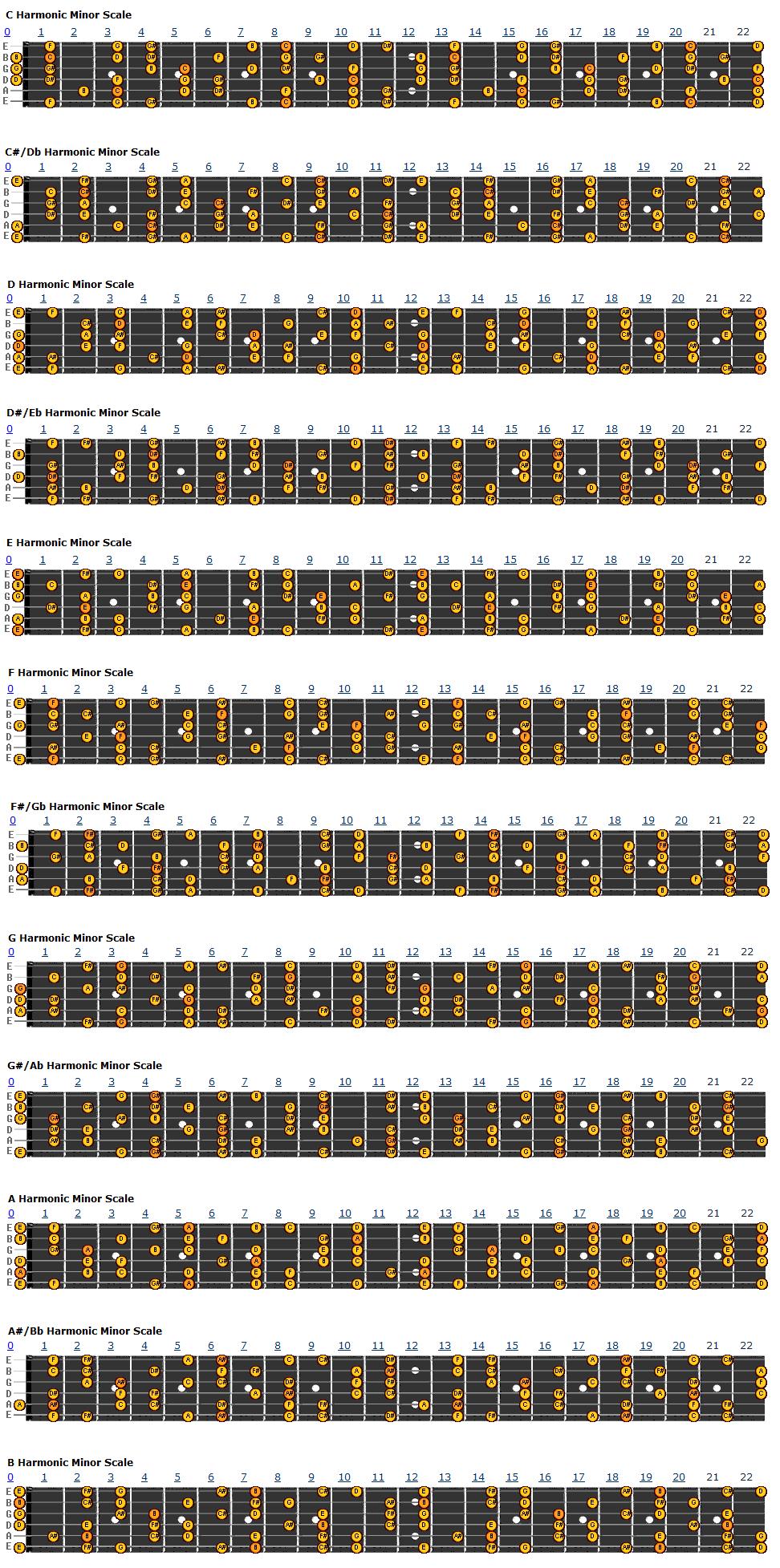
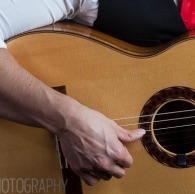




 .
. 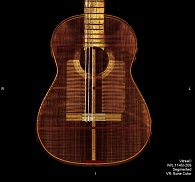
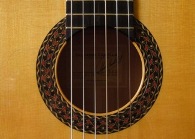
 New Messages
New Messages No New Messages
No New Messages Hot Topic w/ New Messages
Hot Topic w/ New Messages Hot Topic w/o New Messages
Hot Topic w/o New Messages Locked w/ New Messages
Locked w/ New Messages Locked w/o New Messages
Locked w/o New Messages Post New Thread
Post New Thread